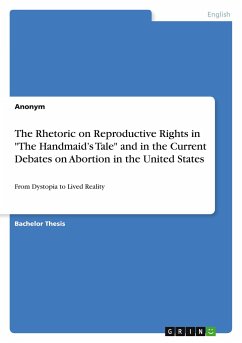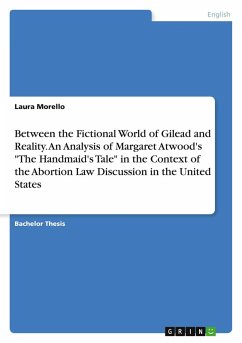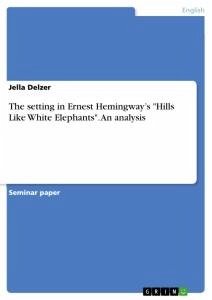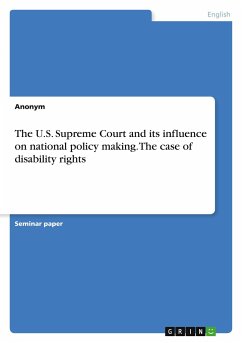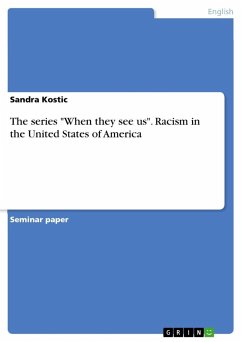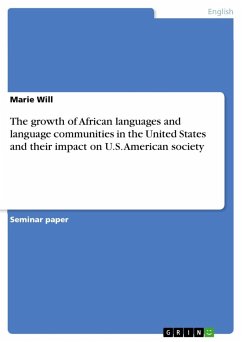Bachelor Thesis from the year 2023 in the subject English Language and Literature Studies - Literature, grade: 2,0, University of Heidelberg (Anglistisches Seminar), course: Bachelorarbeit im Bachelor mit Lehramtsoption, language: English, abstract: Margaret Atwood's "The Handmaid's Tale" has transitioned from a dystopian novel to a reflection of present-day realities, particularly evident in the ongoing debates over reproductive rights in the United States. The recent Dobbs vs. Jackson Women¿s Health Organization decision, overturning Roe v. Wade, has intensified these discussions, with Atwood's novel serving as a stark backdrop. Reproductive rights, encompassing the freedom to control one's reproductive choices without interference, are integral to human rights. However, societal norms and legal rulings often challenge these rights, highlighting the persistent struggle for autonomy, especially for women. Atwood's narrative provides a lens through which to examine these complexities, as the imagery of Handmaids becomes synonymous with resistance in the face of oppressive systems. In this context, rhetoric emerges as a crucial tool in shaping the discourse on reproductive rights. This paper aims to explore the parallels between the rhetoric in "The Handmaid's Tale" and the contemporary abortion debate in the US. By analyzing euphemisms, metaphors, and institutional framings, connections between fiction and reality are examined to underscore the enduring relevance of Atwood's narrative.
Hinweis: Dieser Artikel kann nur an eine deutsche Lieferadresse ausgeliefert werden.
Hinweis: Dieser Artikel kann nur an eine deutsche Lieferadresse ausgeliefert werden.

